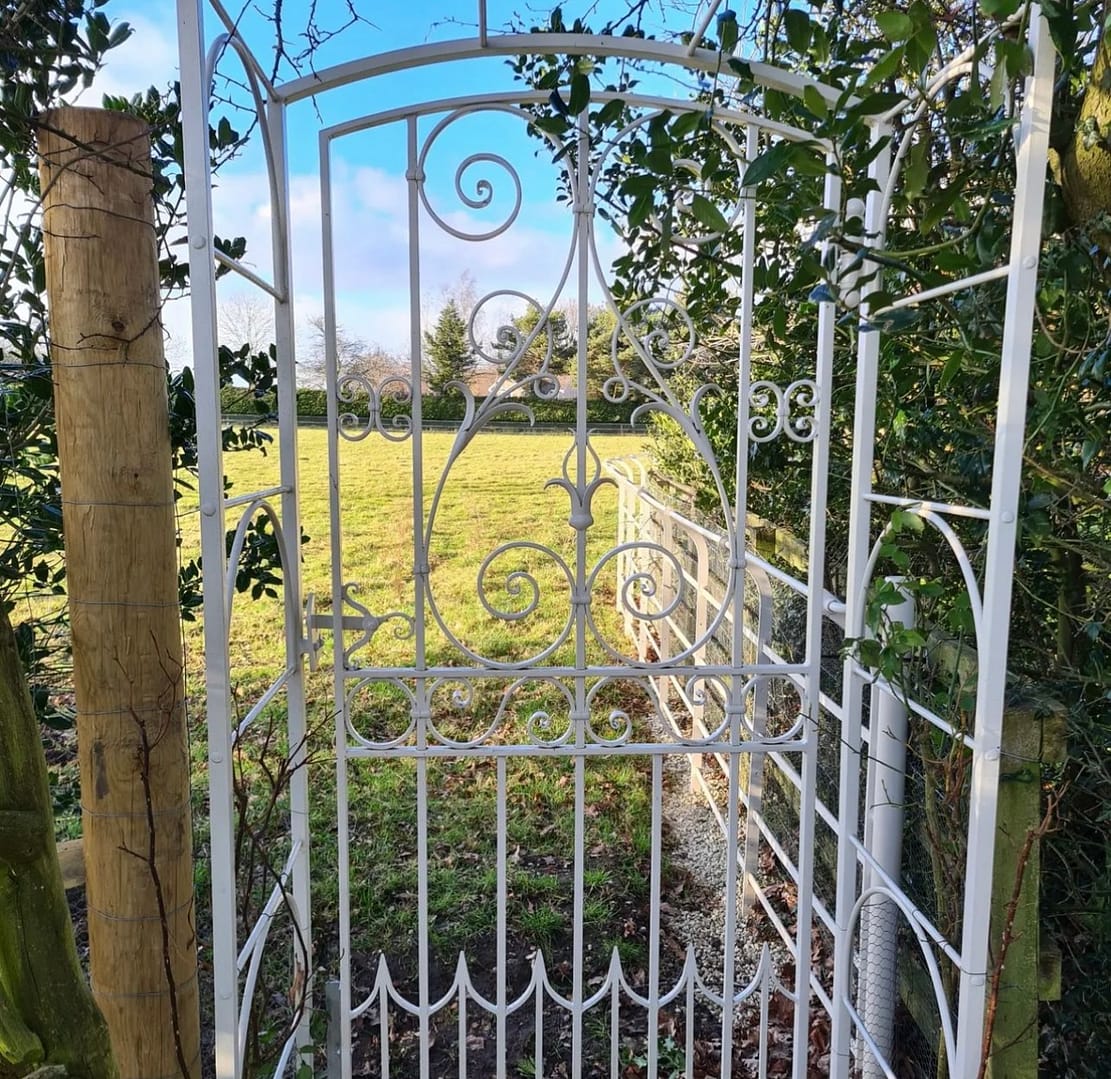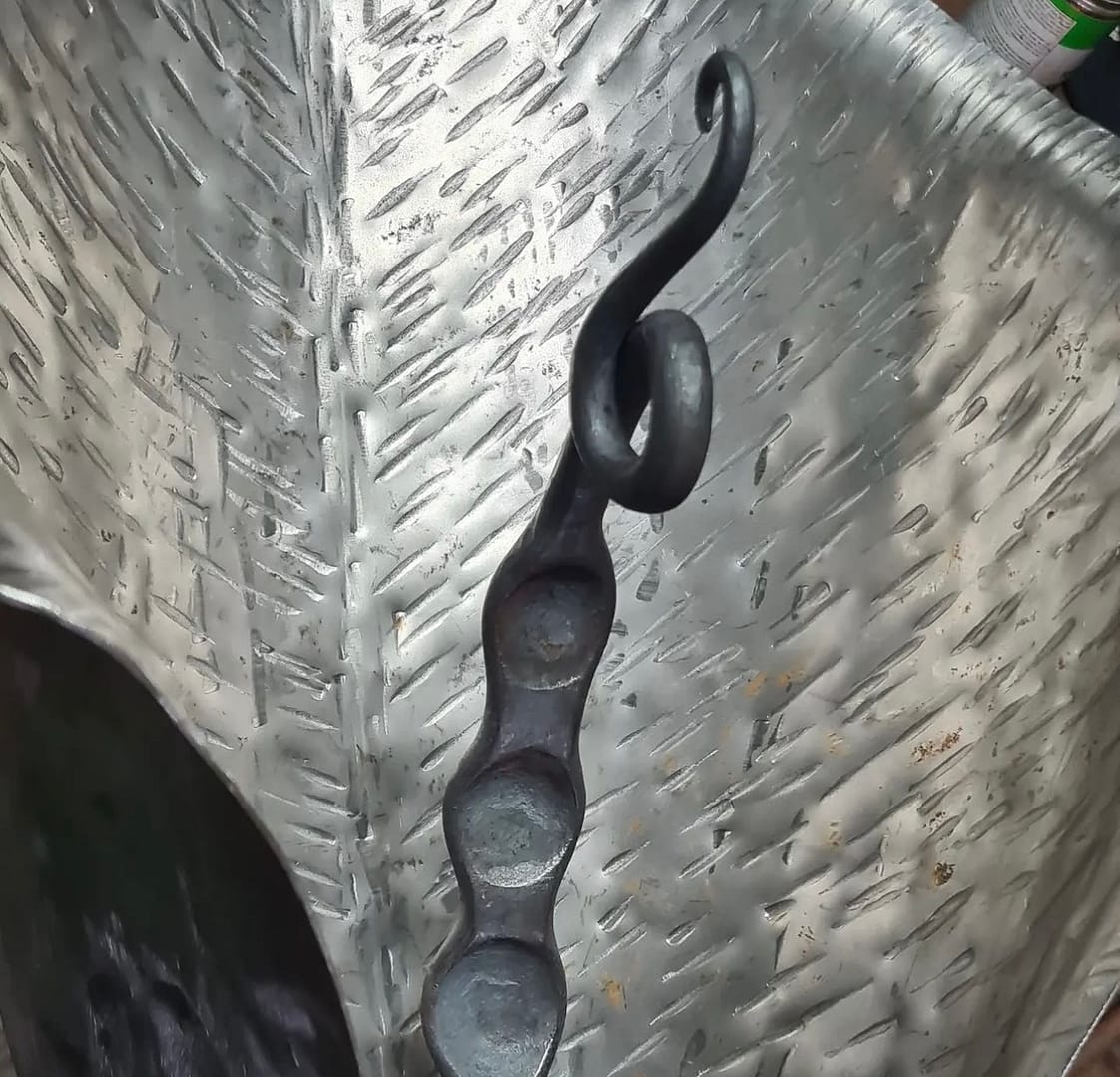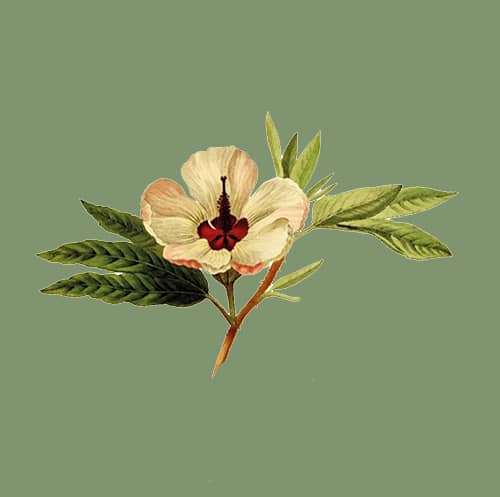Based in the heart of the Cotswolds, we recently caught up with highly skilled and talented blacksmith, Jake Alexander Gill.
Crafting breathtaking handmade creations, Jake commissions a glorious variety of bespoke garden sculptures, gates, handrails, fire sets and more! Developing a passion for blacksmithing from his early years, Jake applies his one-of-a-kind craftsmanship and attention to detail to form all kinds of heavily detailed designs and hand-forged sculptures. Beautifully enhancing landscapes and gardens of all shapes and sizes, it’s no surprise that Jake has been asked to create designs for clients throughout Oxfordshire and beyond, both locally and globally.
Explore the everyday life and creative processes of a blacksmith as we catch up with Jake Alexander Gill for 15 quick fire questions.


1. Where did you first develop your passion for blacksmithing?
The first time I can remember wanting to be a blacksmith was when I was about five. I’d seen someone on TV doing it and I became enamoured with it. There was nothing else I wanted to do since then. I’m very lucky to do what I’ve always wanted to do.
2. What are some examples of your favourite projects or items that you have been asked to create and why?
I recently made a fire set for a client’s husband’s fortieth birthday, which was really fun. The stand had a dragon’s head at the top and it had different animal heads at the top of each utensil within the set. There was a horse, a bird, a ram and the tongs were squid tentacles wrapped around themselves. Detail is really important to me, so it was great to have a commission where I could squeeze so much life into them.
3. What have been some of your favourite garden-based projects?
I’m currently working on some giant flower garden sculptures, which I’m really enjoying. A few years ago, I made a set of gates for a client’s orchard. They were a very traditional gothic/renaissance style but I’d made hand forged apples, pears, berries and leaves and incorporated them into the design. It was a really fun project, which is detailed on my instagram page.

4. Being based in the Cotswolds, what kind of work are you typically asked to create from your Cotswold clientele? And do you ever have to travel with your work?
The majority of my commissions are gates, handrails and fire sets. But it does vary massively. I’m asked to make all kinds of different things and I love the variety!
5. Why do you think it is important to have handmade creations such as your own throughout both our gardens and our homes?
People who make things by hand, pour their souls into their work. Blood, sweat and tears go into a lot of my own work. Everything we make is unique and to a very high quality, as we are passionate about what we do. I think that shows.
If you were to compare something I’d made, with something mass produced in a factory, whether it were a gate, right down to a keyring the differences would be astounding, even if we were following the same design. Machines cannot replicate the care and feeling of something made by hand. There are so many small businesses around the Cotswolds who make amazing and wonderful things, that you would never be able to buy off the shelf. They all desperately need support to keep doing what they love.


6. How do you think garden gates, sculptures, bridges and other garden features etc, enhance the beauty of our landscapes?
They bring individuality and expression into our natural environment. And when done right, they never take away from our landscapes, but rather enhance and blend in with them.
7. What materials do you typically work with on your day to day?
The vast majority of my work is made from mild steel. However, it depends on the job at hand. For example, if I’m restoring an old set of gates, I would probably be working with wrought iron. I do occasionally work with brass and copper too.

8. What do you think is your main inspiration for your style of work?
It sounds like a bit of a cliché, but it’s definitely nature. I get so much joy from trying to make something look organic and alive, from something so inorganic and inanimate as steel.
9. If you had friends visiting the Cotswolds for 48 hours, what hidden gems would you recommend they visit? Where to eat, stay, play and shop? Any favourite places to visit that are off the beaten track?
As I think most blacksmiths are, I’m a bit of a history nut. So I’ve always loved The Rollright Stones, as I grew up a stones throw away from them. Batsford Arboretum is a stunning place that’s always been special to me and my lovely wife. As for food, you can’t beat a good pub. And one of the best around is The Red Lion at Long Compton. Get the fish and chips, you can thank me later.

10. What is the wildest creation you’ve ever made or been asked to make?
I made a sculpture of a squid a while ago, which was pretty interesting. It is one of the things I’m most proud of and I was really happy with how it turned out.
11. So, how does a blacksmith relax after a hard day over a hot forge?!
I enjoy cooking, especially Indian food, and baking bread. My wife and I also enjoy long walks through the countryside. It can be a really tiring job, so sometimes, the best way to relax for me, is to sit by the fire with a good strong cup of tea.


12. Can you share any memorable anecdotes or experiences from your time as a blacksmith that have left a lasting impression on you or influenced your approach to your craft?
I was taught by Michelle Parker, a female world champion blacksmith. She is an advocate for females in the industry and something I am also a big believer in. Blacksmithing is often seen as a male dominated industry, but anyone can do it, it is just practice. She was a perfectionist and made sure we all strove for the same standards. Now, nothing leaves my workshop until I am completely happy with it.
13. How do you balance the traditional techniques of blacksmithing with incorporating modern design elements into your work, particularly in garden features and structures?
When used properly, traditional techniques can become interesting features in modern design. For example, traditional joining techniques, like rivets, tenons and collars, can lend themselves really well to modern design.

14. How do you incorporate elements of sustainability and environmental consciousness into your blacksmithing practice, particularly concerning the materials you use and the production processes you employ?
That’s a really good question. I won’t lie, it is hard, and it is a big concern in our field. Most blacksmiths either use propane gas forges, or solid fuel forges, which burn breeze, or coke. Nowadays, we use smokeless breeze which is far better for the environment. Although, unfortunately, it is becoming rather difficult to get hold of. There is, however, ongoing research on fuels we could use in the future which would be greener and cheaper. Blacksmiths are generally thrifty folk and we tend to find uses for as much of our offcuts as we can, to limit waste. For example, I tend to make keyrings and bottle openers from as much scrap as I can. Also, my workshop is powered by solar energy.
15. What is the largest creation you have made?
A fair few years ago, before I started working for myself, I made a fourteen metre bridge that was wide enough and strong enough to hold the weight of a car. For myself though, it’s the giant lily I’m making at the moment for Oxfordshire Artweeks in May. It stands at over twelve feet tall, so it’s a pretty big shrub.

With thanks to Jake for his time and for providing all images. Head over to his Instagram page @jakeagill_blacksmith and website to find more of his latest works.


